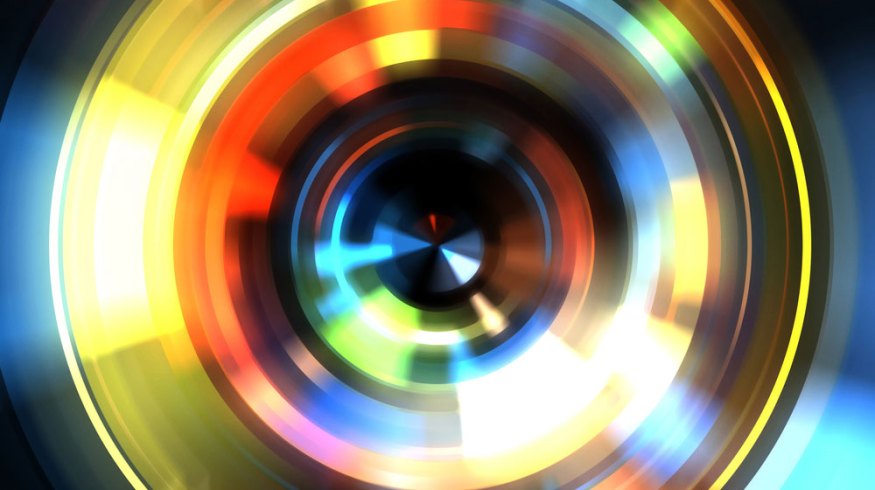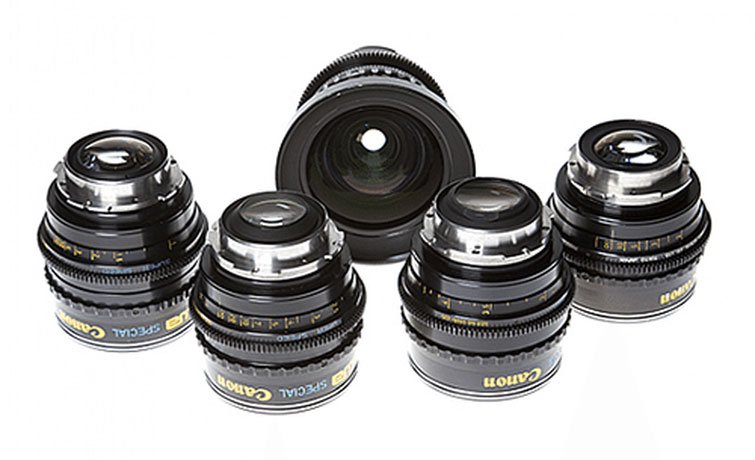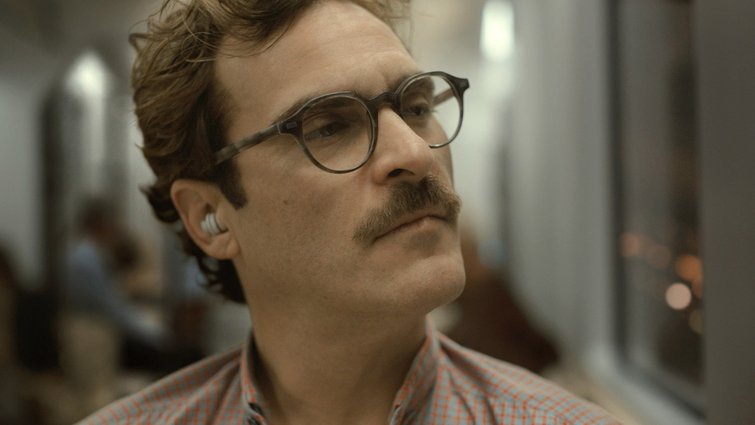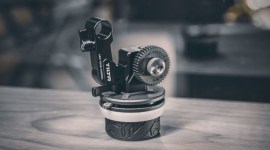
Vintage Cinema Lenses: Canon K35s vs. Canon FDs
Let’s explore how you may be able to get the same vintage Canon K35 look at a much more budget-friendly price with the Canon FD series.
Vintage cinema glass is a proven, yet often expensive, way to elevate your production. The Canon K35s are an excellent and popular vintage lens choice that’s used for many productions today. However, lenses like the Canon K35s often come with a hefty price tag. One so large that it can become limiting to a lot of indie filmmakers. Here we’ll explore how to get that same vintage Canon K35 look at a more affordable price with the Canon FDs.
History of the Canon K35s
The Canon K35s were Canon’s first venture into the cinema lens market in the 1970s. At this time, Canon wasn’t a player in the cinema space, which is odd considering how involved they are now. However, at the time they had achieved a lot of success in the still photography space. After the success of their still photography aspherical FD lens line, they decided to venture into the cinema lens game with the K35 line. Although they didn’t have a history of cinema lens design and innovation to fall back on, they still achieved success and won an Academy Award in 1977 for the lenses. The lenses were eventually used on films like Barry Lyndon, Alien, and HER.

K35s Today
Flash forward to today, the K35s are incredibly popular. A Canon K35 rental can sometimes cost upwards of $1,600/day. If you consider purchasing them, you’d be nearing $200,000. These sky-high costs often put the option of these lenses, or other vintage options, out of reach for many filmmakers.
However, over the last few years, there have been many interesting lens tests surfacing comparing the expensive Canon K35s to the commonly found Canon FD vintage lenses. Interestingly enough, these tests and comparisons have shown a lot of similarities between the two. Often, they seem to be fairly indistinguishable.
With the Canon FDs literally costing 1% of the price of Canon K35s, they’ve become an interesting option for the indie and budget filmmakers, begging the question of whether you can get the same look with the FDs for a fraction of the cost.
So, let’s go on a journey. Let’s look at the similarities and differences between the two and, hopefully, determine if they may be a good fit for your next production.

History of the Canon FDs
Canon started with their popular FD line of lenses back in 1971. These lenses were built to serve their popular line of still photography lenses. Over the years, they were consistently improved and refined. At a certain point, you could assume they felt the build of their lenses were deemed worthy of cinema applications, hence the introduction of the K35s.
Now for the good stuff. Let’s take a look at where the similarities and differences align between the two.
Canon K35s vs. Canon FDs: Similarities
It’s been said that the optics between the Canon K35s and the Canon FDs are virtually the same. This would then begin to explain just why these lenses have such a similar characteristic. One of the biggest differences you may find is that the Canon K35s feature all aspherical elements across the entire line of lenses. Whereas you can find non-aspherical versions of the FDs, which may explain a few of the differences between them. However, if you compare aspherical FDs to the K35s, the similarities are more in tune.
Canon K35s vs. Canon FDs: Differences
Contrast
The K35s feature much less contrast than their FD counterparts. In this test video (above), you can see a prime example of that. The FDs seem to push their contrast a bit more than the K35s. If you look at the areas of the image of the most shadow and the most highlights, you can quickly see these differences.
Warmth
The Canon K35s feature a touch more warmth than the Canon FDs. It’s such a subtle amount that it makes you wonder if you might be able to adjust for that in post. Most often, the answer to the question is that you can certainly make the two match. So, with that in mind, does that touch of warmth equate to a 99% higher price point?
How to Build Your Own Set of FDs
You can find a set of cine-modded FDs on eBay for a really reasonable price. However, the best deal you’ll encounter is by purchasing, matching, and modifying your own set of Canon FDs. There’s an incredibly detailed video below that’ll guide you on this journey of finding and cultivating your own set for your next production.
Overall, the Canon K35s and the Canon FDs are both beautiful lenses that produce cinematic imagery. Essentially, it may just come down to budget to determine which set will be best for you and your production.
Cover image via Hybrid_Graphics.
For more filmmaking tips and advice, check out these articles:






